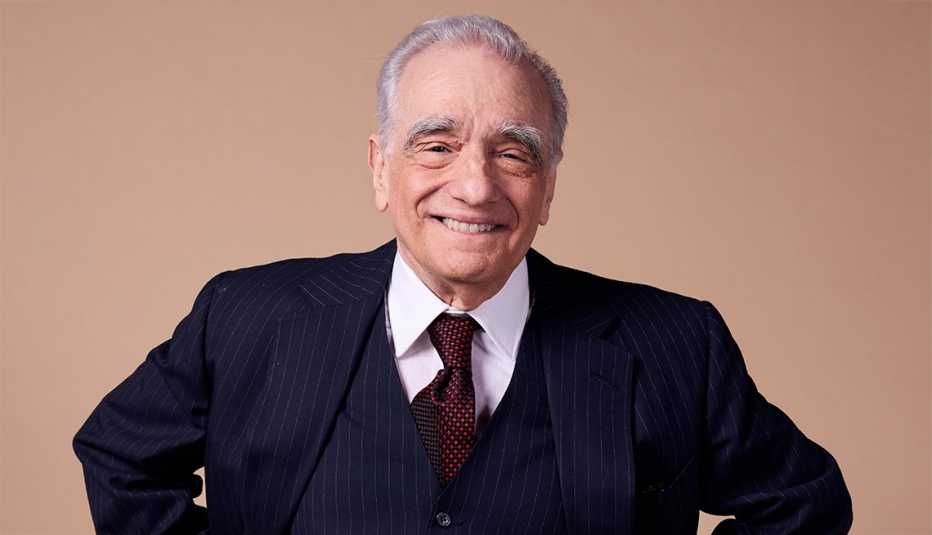AARP Hearing Center


Why did you choose this subject for this project?
I’d have to go back to 1974 when I was involved in a project that took me to the Pine Ridge Indian Reservation. I spent a few days there, and that was when I really became aware of the experience and the plight of Native Americans. A few years later, I had a more personal encounter that opened my eyes to certain aspects of spirituality shared by some of the Nations. So over the years, I’ve been looking out for a project that allowed me to express what I’d felt and come to understand from those experiences, and that would allow me to work closely with the Native community. With Killers of the Flower Moon, I found that project.
How would you rate this directing effort in the pantheon of your films?
Every picture is everything at once: exciting, difficult, exhausting, exhilarating, loving, fulfilling, and then, when it’s all over, bittersweet, because a family has come together and then everyone has to go their separate ways.
Making Killers of the Flower Moon was far from seamless, but on the other hand it was not my most difficult project.
The process is … the process. It varies from film to film, but ultimately it’s always the same, and you just accept it. François Truffaut said that when you make a movie, you enter a fugue state. He was right.


Did you expect, as a young director, to still be working at 81?
I expected as a young director to just keep making films until I couldn’t anymore. I wondered what my films would be like at this age, what subject matter I would choose, how I would express it visually. Has it been a matter of learning? Or unlearning? Or both? I don’t really know. Each new film is a mystery, and it’s exciting to immerse myself in the mystery.
How does your eye and your approach differ from your earlier directing days?
Every film I’ve made reflects the person I am at that moment in my life. Do the films reflect the changes within me, and in my circumstances? Do I explore this in the work, without thinking about it? Interesting questions.
This is your 10th film with Robert De Niro [who received Best Supporting Actor from Movies for Grownups for his performance in Killers], beginning way back with Mean Streets in 1973. What did you see in De Niro back then that persuaded you to cast him? And what is it like to work with the same actor for 50 years?
Bob and I crossed paths for the very first time on the streets when we were kids. So we’ve known each other most of our lives. We knew a lot of the same people, we had the same kind of knowledge, the same markers and reference points. When we made Mean Streets, we both knew the territory and we just … started. People always ask us about our process, but we really don’t discuss a lot. The process is the work. And to have been able to work with Bob on so many different kinds of projects in so many different registers across all these years … that’s one of the greatest gifts of my life.






























































More From AARP
Movies for Grownups 2024 Awards: Meet the Winners!
Many of the films honored in the AARP Movies for Grownups Awards dramatize real people and events
Martin Scorsese’s Best Movies (Ranked)
Celebrate the legendary director by watching his top hits
Why We Love Martin Scorsese
He is one of the most prolific Hollywood directors, with films from “Goodfellas,” “The Wolf of Wall Street” to “The Irishman”
Recommended for You